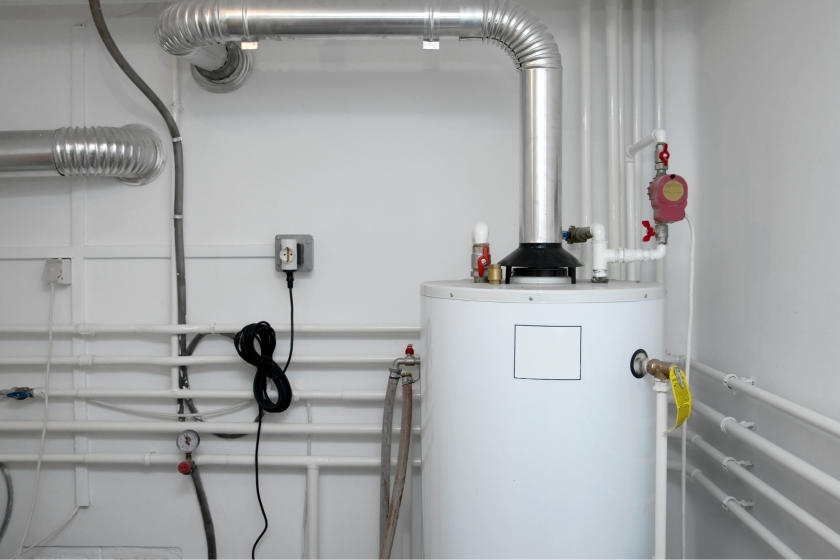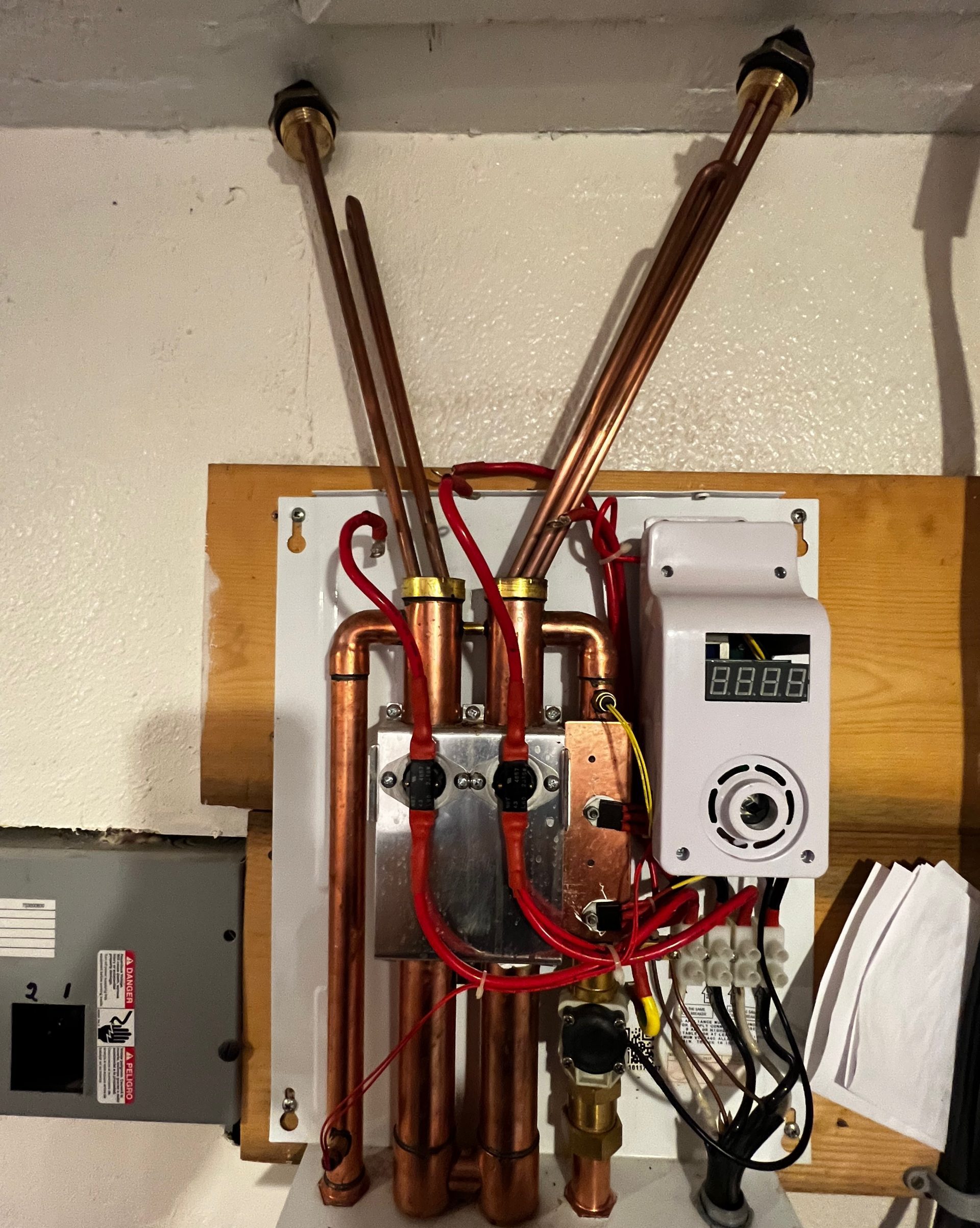How to Keep Your Home's Hot Water System in Good ConditionProfessional Tips on Maintaining Your Home's Hot Water System
How to Keep Your Home's Hot Water System in Good ConditionProfessional Tips on Maintaining Your Home's Hot Water System
Blog Article
On this page below you can discover lots of professional facts with regards to Tips For Maintaining Your Hot Water Heater.

Warm water is essential for everyday convenience, whether it's for a revitalizing shower or washing dishes. To guarantee your hot water system runs effectively and lasts much longer, normal maintenance is key. This write-up gives practical ideas and understandings on how to preserve your home's warm water system to avoid disruptions and expensive repair services.
Intro
Keeping your home's hot water system might appear daunting, yet with a couple of straightforward steps, you can ensure it operates efficiently for several years to come. This guide covers whatever from comprehending your warm water system to do it yourself upkeep tips and understanding when to call in specialist aid.
Importance of Maintaining Your Hot Water System
Regular maintenance not only prolongs the life-span of your warm water system yet also ensures it operates efficiently. Overlooking upkeep can cause reduced performance, higher energy bills, and even early failing of the system.
Indicators Your Warm Water System Demands Upkeep
Recognizing when your warm water system requires focus can protect against significant concerns. Look out for signs such as irregular water temperature, weird sounds from the heating unit, or rustic water.
Understanding Your Hot Water System
Before diving into upkeep jobs, it's handy to comprehend the fundamental elements of your hot water system. Generally, this includes the water heater itself, pipelines, anode rods, and temperature level controls.
Month-to-month Upkeep Tasks
Routine monthly checks can help capture small problems before they intensify.
Flushing the Water Heater
Purging your hot water heater eliminates sediment build-up, boosting performance and extending its life.
Monitoring and Changing Anode Rods
Anode poles avoid corrosion inside the tank. Evaluating and changing them when worn is essential.
Inspecting and Readjusting Temperature Level Settings
Adjusting the temperature level settings makes certain ideal performance and safety.
DIY Tips for Upkeep
You can execute a number of maintenance jobs on your own to keep your warm water system in top condition.
Looking for Leaks
Regularly check pipes and links for leaks, as these can bring about water damages and higher expenses.
Testing Stress Relief Valves
Testing the pressure safety valve guarantees it works correctly and prevents too much pressure build-up.
Protecting Pipelines
Protecting hot water pipelines decreases warmth loss and can save power.
When to Call a Professional
While do it yourself maintenance is valuable, some problems require expert expertise.
Facility Issues Calling For Professional Assistance
Instances include significant leakages, electrical troubles, or if your water heater is continually underperforming.
Routine Professional Upkeep Advantages
Professional upkeep can include thorough assessments, tune-ups, and guaranteeing compliance with security standards.
Final thought
Regular upkeep of your home's hot water system is crucial for effectiveness, durability, and cost financial savings. By following these pointers and knowing when to seek expert aid, you can ensure a trustworthy supply of warm water without unexpected interruptions.
How to Maintain an Instant Hot Water Heater
Before tinkering with your hot water heater, make sure that it’s not powered on. You also have to turn off the main circuit breaker and shut off the main gas line to prevent accidents. Also turn off the water valves connected to your unit to prevent water from flowing into and out of the appliance. 2. When you’re done, you have to detach the purge valves’ caps. These look like the letter “T” and are situated on either side of the water valves. Doing so will release any pressure that has accumulated inside the valves while at the same time avoid hot water from shooting out and burning your skin. 3. When the purge valves’ caps are removed, you have to connect your hosing lines to the valves. Your unit should have come with three hoses but if it didn’t, you can purchase these things from any hardware or home repair shops. You can also get them from retail stores that sell water heating systems. Read the user’s manual and follow it to complete this task properly. When the hosing lines are connected, open the purge port’s valves. 4. You should never use harsh chemical cleaners or solutions when cleaning your unit. Make use of white vinegar instead. It should be undiluted and you’ll probably use about 2 gallons. 5. Now flush your water heater. This task should probably take about 40 minutes. We can’t give you specific directions for this because the procedure is carried out depending on the type, model and brand of your heater. With that being said, refer to the user’s manual. 6. When you’re done draining the unit, you have to turn off the purge port valves again. Remove the hosing lines that you earlier installed on each of the water valves. Put the valve caps (purge port) back in their respective places and be very careful so as not to damage the rubber discs that are found inside these caps. 7. Now that everything’s back in place, check your user’s manual again to find out how to reactivate your water heating system. 8. Once it is working, turn one of your hot water faucets on just to let air pass through the heater’s water supply pipes. Leave the tap on until water flows smoothly out of it. https://www.orrplumbing.com/blog/2014/september/how-to-maintain-an-instant-hot-water-heater/

We are very intrigued by Tips on Maintaining a Water Heater and I hope you appreciated the entire post. Enjoyed our piece? Please quickly share it. Help another person locate it. I thank you for your readership.
Book Maintenance Report this page